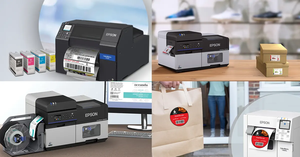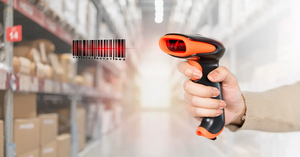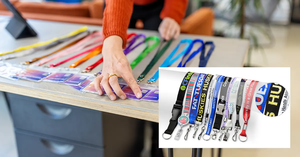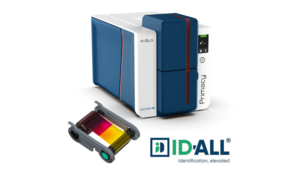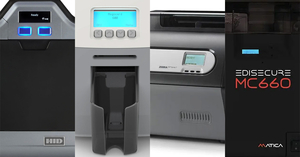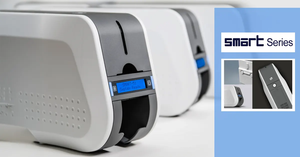Proximity Cards: Best Printing Practices
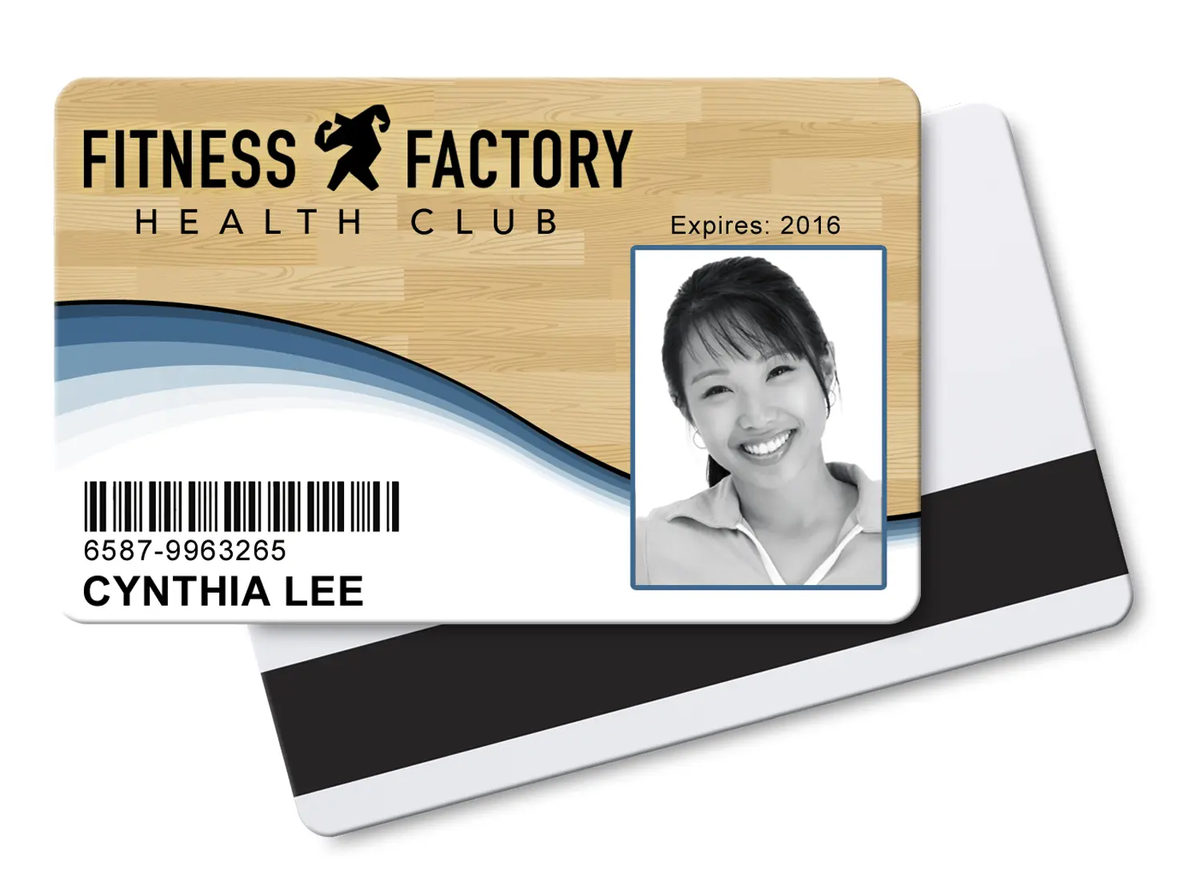
Proximity Cards – Best Printing Practices
Proximity cards are increasingly popular, and are today’s door-access standard, because they permit users to conveniently (and more quickly) gain entry by simply waving cards in front of a point-of-entry reader. No physical swipe or magnetic strip is necessary. Today these ID cards are offered in open or proprietary formats, and offer varying levels of security, programmed with facility codes and a unique card (user) serial number.
Proximity cards are read-only devices that have an embedded antenna. The cardholder data can be read when the proximity card is passed within range of a reader. The range of operation for proximity cards varies typically from 2.5" to 20" (63.5 mm to 508 mm) depending on the reader. Mainly used for access control applications, proximity cards are also chosen in environments where crowd control is a factor.
Some proximity cards are printable and you can personalize them with a logo, pictures, and text.
Direct-to-card and retransfer printers can be used to print on proximity cards. If you are using pre-punched cards, it is not recommended to use a direct-to-card printer as this might damage the printhead. Also, proximity cards come in standard PVC and composite PVC/PET cards. If you are using a direct-to-card printer, choose PVC cards but if you have a retransfer printer, you will get the best results with composite cards.
Proximity cards & retransfer printers
Retransfer ID card printers (reverse thermal image transfer) like the Fargo HDP5000 (offered in single- and dual-sided models) can print on uneven surfaces (smart cards, pre-punched cards) without affecting the print quality at all because, instead of using a printhead that directly touches the card, they print onto a retransfer film, which is then secondarily heat-rolled (thermally bonded) onto the card’s surface. With its lack of direct printer/card contact, the retransfer method virtually eliminates the risk of damaging internal electronic components. It also extends the printer’s longevity and the consistency of card production.
Also, because the image is printed on the underside of the laminate film (in a reverse image), the image is sealed between the card and the laminate, both delivering a full-bleed (full edge-to-edge) photographic quality image while greatly increasing the card’s lifespan.
Dual-Sided ID Card Printing
Retransfer card printers are available in one- or two-sided models. Two-sided ID cards are increasingly popular because they often permit card design and content flexibility. They not only permit more information to be placed on a card, they enable users to avoid the need to squeeze too much information onto one side of the card.
So, before selecting a card printer, it’s rather important to have a complete understanding of exactly what information the card needs to present (and, importantly, what it doesn’t need). This requires consideration of the card’s purpose, its particular users, its various applications, and the essential information it must contain to meet its various missions. While in some instances additional information is appropriate and valuable, providing too much information can encumber the card, make it difficult to read or use (authenticate), or expose the cardholder or the company to security risks if the card falls into the wrong hands.
Two-sided ID cards often improve the card’s utility by offering additional information like:
- Cardholder unique identifiers (height, weight, eye color, etc.)
- Employee anniversary date, date of birth, contact information
- Expiration date
- Lost card return instructions
- Disclaimers and instructions to users
- Logos and signatures
- Authority/security/access levels, memberships
- Cardholder responsibilities
- ID numbers / barcodes
- Duplicate of other side’s information
Get your programmed proximity cards today
QuickShip Proximity cards are the fastest way to get your programmed proximity cards! We program all QuickShip cards onsite, which allows us to ship your QuickShip cards within 2 business days. Our line of QuickShip cards includes cards with and without a magnetic stripe. We also carry cards in PVC and composite PVC/PET construction. PVC cards can be personalized with your direct-to-card printer when composite cards are ideal for retransfer printers.
